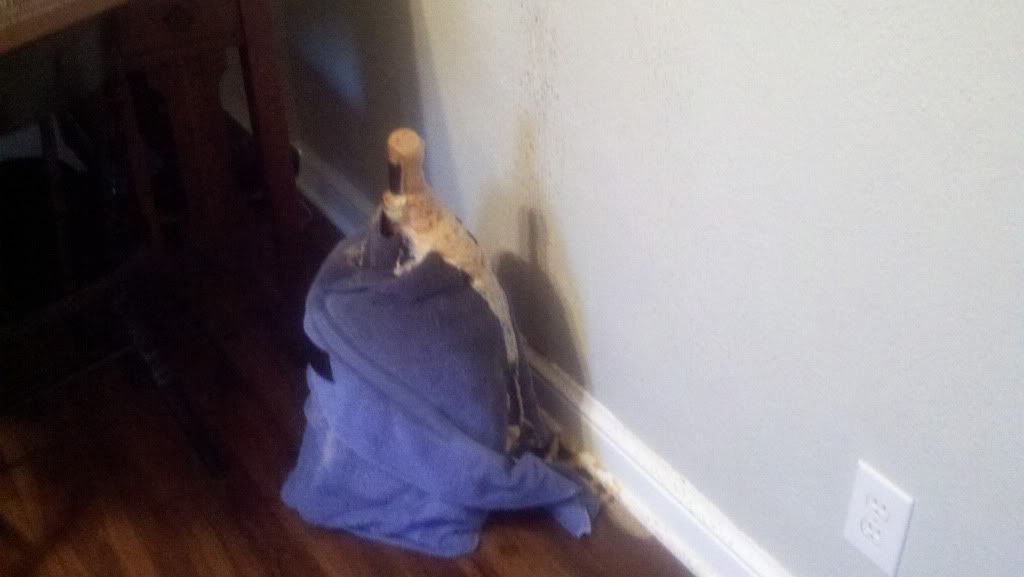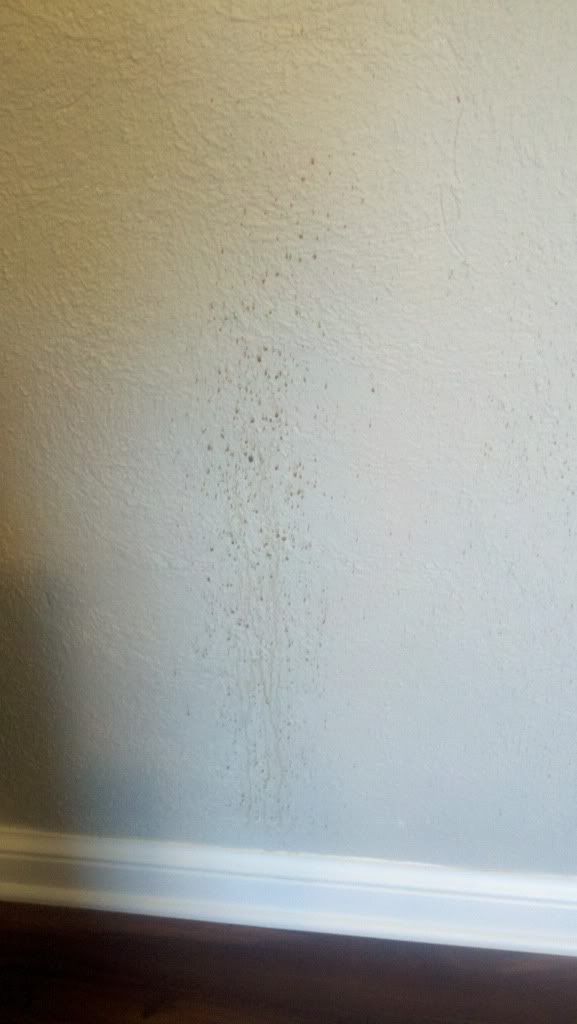fishcrazy06
Well-Known Member
If I were to use my 5 gallon carboy for fermentation how much beer loss would I incur? Also will you lose some with a 6 gallon carboy as well? I have the opportunity to pick up a 6 gallon but not sure if I should or not. If I were to get a 6 gallon can I use just an airlock instead of a blowoff tube?
Any thoughts or opinions will be greatly appreciated. I also have a 6.5 gallon bottling bucket. Would it be even better to just use that for my primary fermenter? Too many options and not sure which is better than the other or more superior than the other.
Thanks in advance.
Eric
Any thoughts or opinions will be greatly appreciated. I also have a 6.5 gallon bottling bucket. Would it be even better to just use that for my primary fermenter? Too many options and not sure which is better than the other or more superior than the other.
Thanks in advance.
Eric





